This Week on Art to Collect: Six Works You Should Have on Your Radar
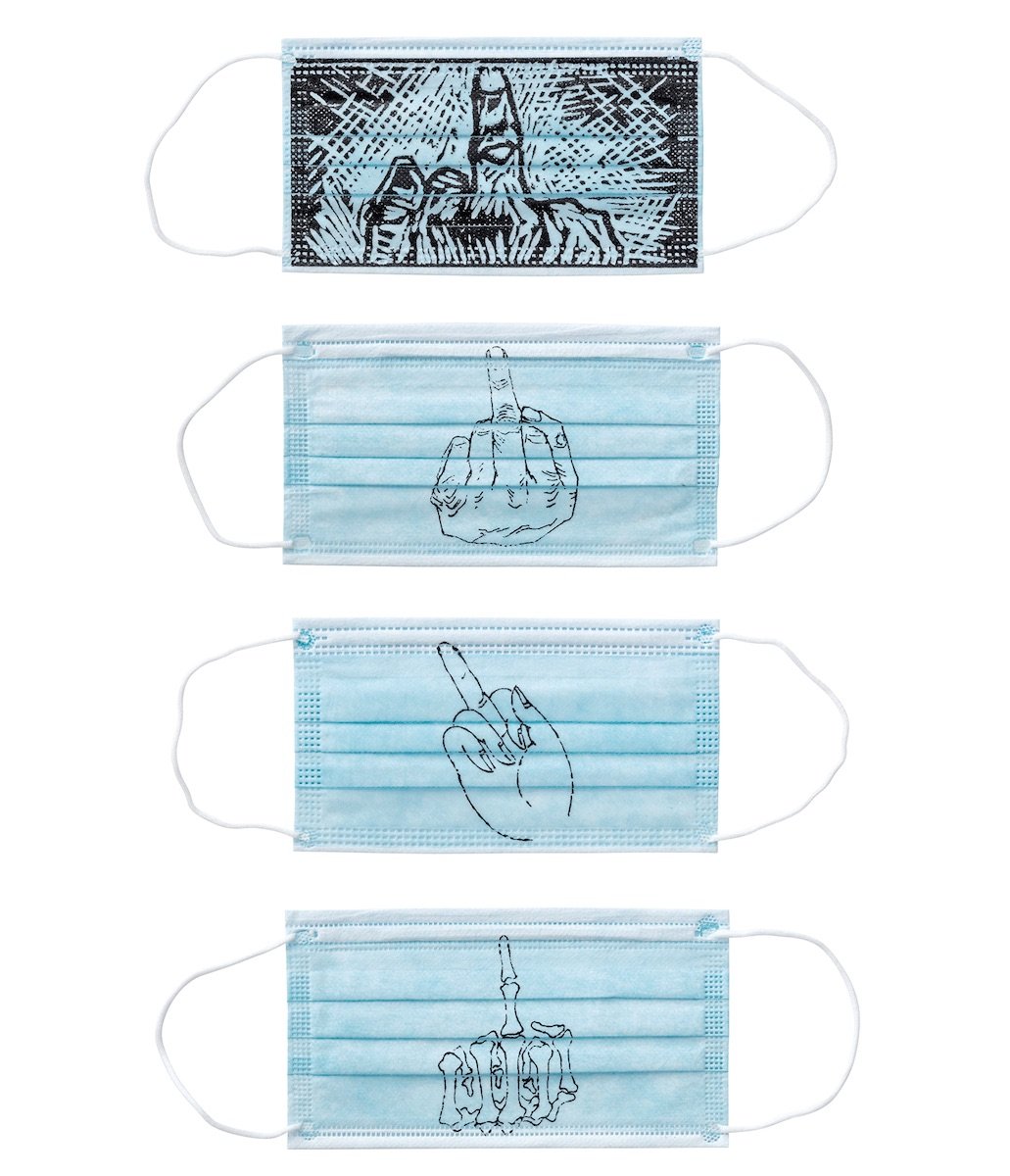
Every week, Art to Collect by ArtDependence brings together an exceptional curation of works that reflect the pulse of contemporary art today, offering collectors, new and seasoned alike, a window into some of the most compelling creative practices around the world.
Every week, Art to Collect by ArtDependence brings together an exceptional curation of works that reflect the pulse of contemporary art today, offering collectors, new and seasoned alike, a window into some of the most compelling creative practices around the world. This week’s spotlight traverses mediums and geographies, from layered textile forms to grand-scale photographic interventions. Here’s what you need to see:
Jonathan Wateridge was born in Lusaka, Zambia, in 1972. Today he lives and works in Norfolk, UK. He has recently exhibited with the Hayward Gallery, London; Nino Mier Gallery, Los Angeles, New York and Brussels; TJ Boulting, London; Galerie Haas, Zurich; Pace Gallery and HENI, London. Wateridge's art is in the collections of institutions worldwide, including Aïshti Foundation, Lebanon; Pinault Foundation, Venice; the Saatchi Collection, London; the Rennie Collection, Vancouver; and Simmons & Simmons, London. He has been featured in publications such as The Sunday Times, The Independent, Fad Magazine, Artforum and Artnet. Wateridge is represented by Nino Mier Gallery and Grimm Gallery. Caroline Walker (b. 1982, Dunfermline, UK) currently lives and works in London, where he completed her MA at the Royal College of Art in 2009.
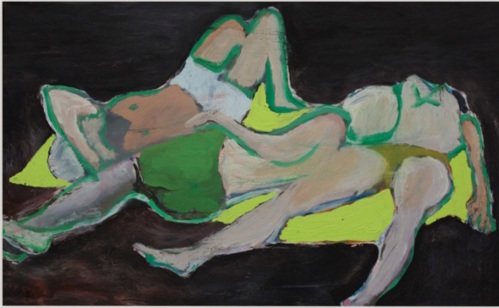
Jonathan Wateridge, Three Figures Study (2021), oil on paper
It began, as most things do, with imitation. A reference to Dali Atomicus, that pre-digital attempt at photographic hysteria. But Charlotte de Cock didn’t just restage the scene. She dismembered it midair. She threw chickens. She threw herself. And once the photo was developed—once the evidence was frozen—she attacked it again. With paint.
This is not a photograph. It’s a two-phase performance. First the image, then the defacement. Red and blue ecoline violence layered over calculated suspension. The gesture says: This never belonged to the camera anyway.
Red dominates, the act is the same: don’t let the photo speak for itself. Drown it. Complicate it. Mute the narrative by oversaturating it.
The chickens remain indifferent. A large painting of Floyd, is part of the composition. Floyd is both muse and mirror. Or maybe just a placeholder for things she cannot name.
Either way, it’s there—watching her float.
De Cock herself is mid-leap, frozen in a pose that means nothing outside the camera’s logic. She isn’t flying. She’s posing as if she might be. But the chair, the splash, the deadpan silkie on the right—they all know better. Suspension is temporary. Myth is post-production.
The most telling detail is what happens after. She prints the photographs. Then returns to them as if they had misbehaved. She paints over the proof. Not to beautify it, but to question its authority. Paint as a refusal to let the image be the final word. Call it auto-vandalism if you want. The gesture is Freudian: repetition compulsion disguised as composition.
Dali’s atomic explosion becomes a post-mortem autopsy. A chicken is mid-flight but already historical. A chair hovers, amputated from its function. The artist floats—once for the camera, twice for herself, always for us.
In the end, Cockus Atomicus doesn’t celebrate weightlessness. It audits it. The photograph is just a receipt. The real transaction happens in the overlay—in the acrylic wounds and chromatic sabotage. This isn’t surrealism. It’s forensic surrealism. Not what does it mean? but what was done to it?
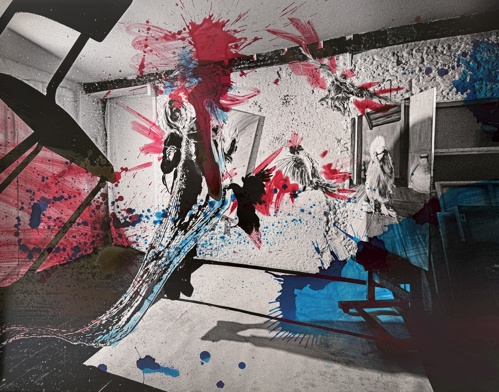
Charlotte De Cock, Cockus Atomicus (2025), Photo print bariet on dibond, ecoline
Henri de Toulouse-Lautrec's fascination with horses was a significant part of his artistic journey, particularly in his early career. While known for his depictions of Parisian nightlife, he frequently portrayed horses, influenced by his father's passion for equestrian activities and his own early experiences with them. His early works, such as "A Woman and a Man on Horseback" and "White Horse Gazelle," demonstrate this interest. Later, he continued to feature horses in circus scenes and other works, showcasing his skill in capturing their movement and energy.
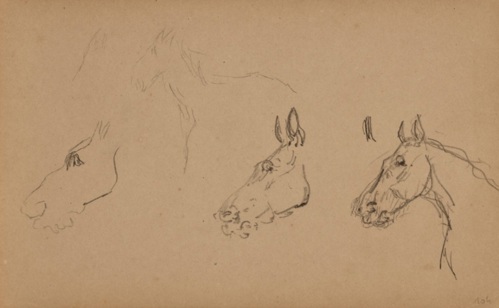
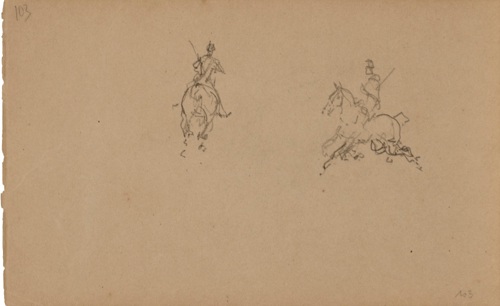
Henri De Toulouse-Lautrec (1864-1901) Études de Têtes de Chevaux (recto); Cavaliers Uhlan (verso) Graphite on Paper
Ai Weiwei Mask was an art project in collaboration with eBay for Charity to raise funds for the COVID-19 humanitarian and human rights efforts undertaken by Human Rights Watch (HRW), Médecins Sans Frontières (MSF), and Refugees International.

Ai Weiwei, Covid Mask 2020, Print Limited edition
Mukah Ispahani's work is an exploration of presence, memory, and connection, how people and places imprint themselves on us. Using biro, he builds each piece slowly, layering fine lines to evoke depth, silence, and time.
Mukah is drawn to how repetition and stillness can reveal both personal and universal truths. Through this process, he seeks to create images that feel lived-in and reflective, where the act of drawing becomes a form of remembering, listening, and holding space.
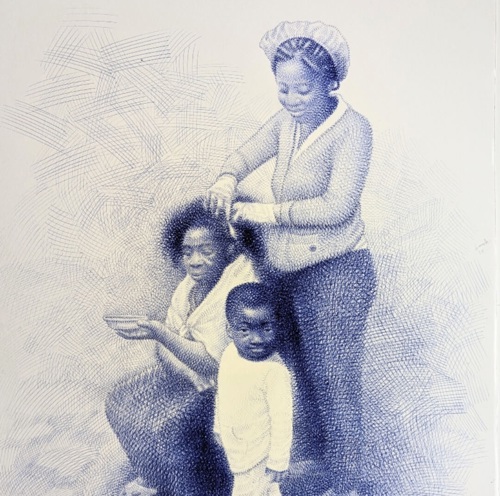
Mukah Ispahani, Memories in Stone (2024) Ballpoint pen(biro) on paper
South African artist Kimathi Mafafo’s textile works are lush celebrations of feminine strength and natural beauty. Drawing on her background in painting, Mafafo seamlessly merges embroidery and fabric to create deeply textured portraits and landscapes. Her process is slow and meditative, reflecting the intimate bond she shares with her subjects. The results are soft yet powerful works that speak to healing, self-knowledge, and the quiet power of women’s lives. A perfect addition for collectors who value both craft and conceptual depth.

Kimathi Mafafo, Blue (2014) Oil on Canvas
Each of these artists invites us to see the world through a different lens — vibrant, meditative, monumental, or intimate. As Art to Collect continues to champion exceptional works from around the globe, we invite you to explore, learn, and bring home pieces that resonate on every level.
Visit Art to Collect now to view these works and many others.
